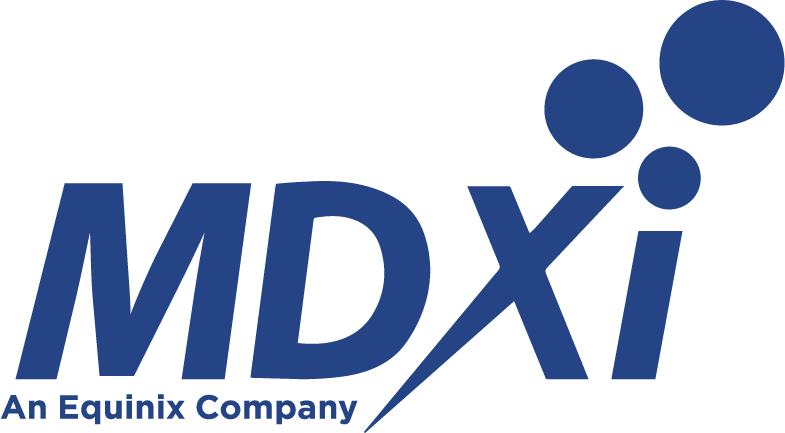To avoid the expense of owning and operating their own data centers, many enterprises outsource the management of their IT infrastructure to third party data center service providers whose services entails the day-to-day provisioning and management of servers or hosting platforms by certified and competent professionals, based on annual or multi-year contracts.
In making informed decision about which provider to outsource your data with, pricing is one of the key factors for decision makers. Data center prices can be complicated due to the various pricing models and executives often grapple with reviewing quotes from providers that use these different models.
Understanding data center costs breakdown makes it easier to determine your hosting requirements and selecting the best data center provider that can meet your present and future needs.
Before we look at the elements that constitute data center cost breakdown, here’s a quick summary of the various data center pricing models:
- Price per square foot: this is the pricing done based on space requirements.
- Price per power output: this model of pricing introduces varieties of choice ranging from circuit based, metered IT, computer room air conditioning (CRAC) and all-in-pricing.
- Circuit based pricing: this pricing is done based on power consumption per circuit.
- Metered IT load: this option includes add-ons for cooling costs and additional space costs.
- Metered IT load and metered CRAC load: this pricing model factors in power and cooling based on consumption.
Once you have identified the best pricing model to meet your requirement, there are a few key elements that will determine your colocation costs. These include:
- Rack Space Capacity:
This refers to the physical amount of space that would be occupied by racks which would hold your servers. One important factor to consider is the available rackspace capacity that can allow for flexibility and scalability when your business needs to take up more space. A ‘microdata center’ is 500 racks and an ‘average’ data center facility can have as much as 10,000 racks. However, every average rack may hold about 30-35 1U servers. In West Africa, MDXi Data Center has over 1000 rackspaces across the region.
- Power:
Power represents a significant portion of colocation costs especially in Africa where cost of power is high. Some facilities use electricity more efficiently than others and can pass those savings onto their customers. Data center power fees would usually include the cost of maintaining the power infrastructure and ensuring adequate redundancy and its charges varies as some Data Centers charge a fixed fee or charge by the kilowatt
- Installation/Setup costs:
Data centers often charge setup and fees for specific operations like hosting, cross connects, monitoring, reporting etc. in addition to the base rate. Some charges are also bundled together.
- Internet or Connectivity costs:
A data center without connectivity is just an Island with no use. Users need to be able to assess them from anywhere in the world. In most cases, Data Centers require excellent bandwidth for better accessibility and real time operational activities. A data center with multiple connectivity options would be a good choice as this enable you choose between a pool of network providers.
Now the main question is ‘how much does a typical company pay for bandwidth of a data center versus the connection fees in a data center. According to Tom Offenbach (a solo capacity researcher), IP Transit costs will vary from as low as sub $1/Mbps on a full 10GB port to as high as $100/Mbps on a 1Mbps commit on FE port.
Cross connect/interconnect fees will average about $200 per cross connect to another customer within the Data Center. This would be a fibre running from port X in cage X to port Y in cage Y within the same Data Center. For instance, a commercial bank that host its equipment within the Data Center can cross connect to Microsoft equipment within the same Data Center.
Ports on peering fabric will vary based on throughput and number of users on the switch, varying from free ports to as high as $7500 for 10GB port on a switch that is highly populated. The fees for port typically include the cost of the physical cross connection from your cage to the cage with the peering switch in it.
- Remote Support (Remote hands and eyes):
Most colocation data centers may provide 24 x 7 support for an extra fee. You will need to determine who will be responsible for monitoring and maintaining your equipment at the data center. If your IT team would be doing this, you will need to make sure that you can send someone to the data center when there is a need. However, in a case where you are unable to send a team member when there is a need, colocation data center providers provide you with remote support where they become responsible for monitoring your equipment and performing maintenance tasks remotely, which comes with a cost ranging from a monthly plan to an annual plan. An idea of the monthly subscription plan for remote support can be $30 per seat while annually per seat you could have $300.
Looking for a data center provider that meets your price and service requirements? Request a quote from us here; you’ll find our pricing easy to understand.
